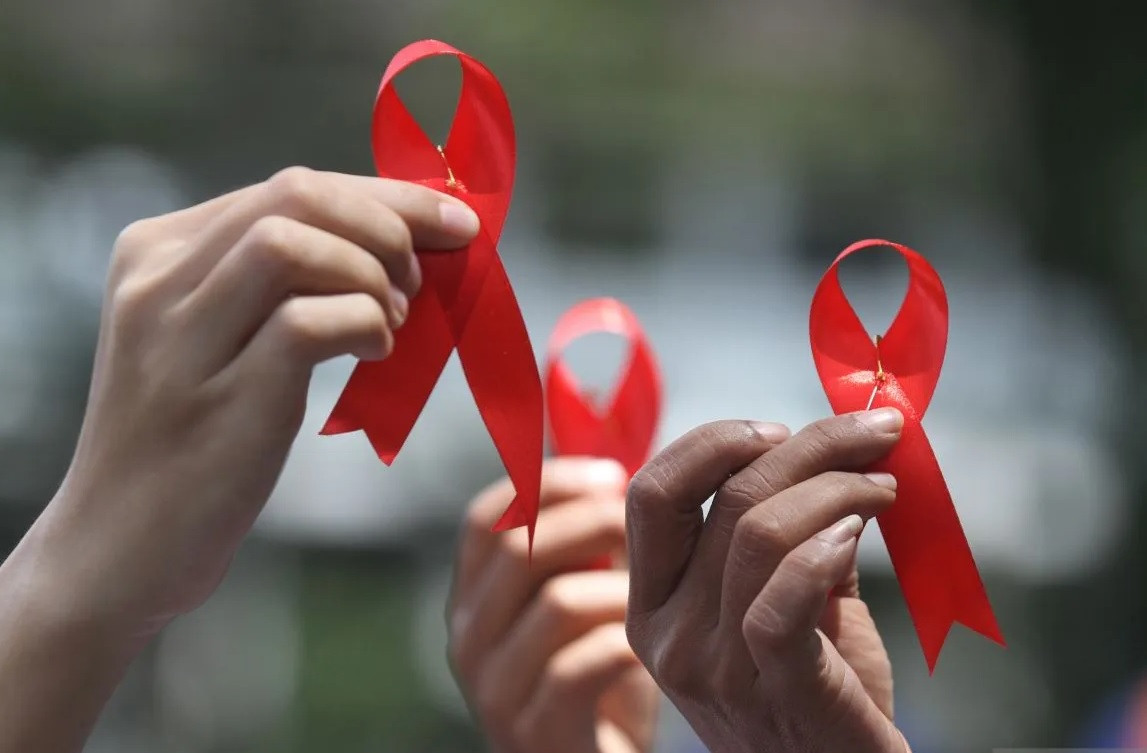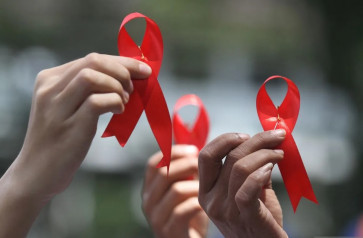Popular Reads
Top Results
Can't find what you're looking for?
View all search resultsPopular Reads
Top Results
Can't find what you're looking for?
View all search resultsMental health and HIV in teens: Ending stigma and discrimination
Adolescents with HIV are at an increased risk of developing mental health disorders, such as depression, anxiety and post-traumatic stress disorder (PTSD).
Change text size
Gift Premium Articles
to Anyone
A
UNAIDS report shows that Indonesia recorded 540,000 HIV cases as of 2023. That year saw a record high of 57,299 new cases, with 5.5 percent (3,151) of these cases affecting adolescents aged 15-19.
Adolescents with HIV are at an increased risk of developing mental health disorders, such as depression, anxiety and post-traumatic stress disorder (PTSD). These issues often stem from the emotional turmoil they experience, including feelings of disappointment, sadness and anger as they struggle with accepting their HIV-positive status.
HIV can profoundly influence the way adolescents think, behave and interact with others, whether with family, friends at school or the wider community. They might draw back from others, become reluctant to talk to anyone, become more selective about who they hang out with and in some cases, think about ending their life.
The World Health Organization (WHO) has revealed that HIV is not the only contributor to the deterioration of mental health of adolescents living with the virus.
Other factors, such as family issues and social environment which can lead to stigma and personal anxiety, can worsen the problems.
In Indonesia, approximately 50 percent of people living with HIV (PLHIV) face discrimination in community settings, schools and health care. Around 68 percent also experience discrimination from their families and close friends.
While stigma and discrimination around PLHIV are common, our research in Indonesia suggests that these experiences can worsen the mental health challenges faced by adolescents living with the infection.



















